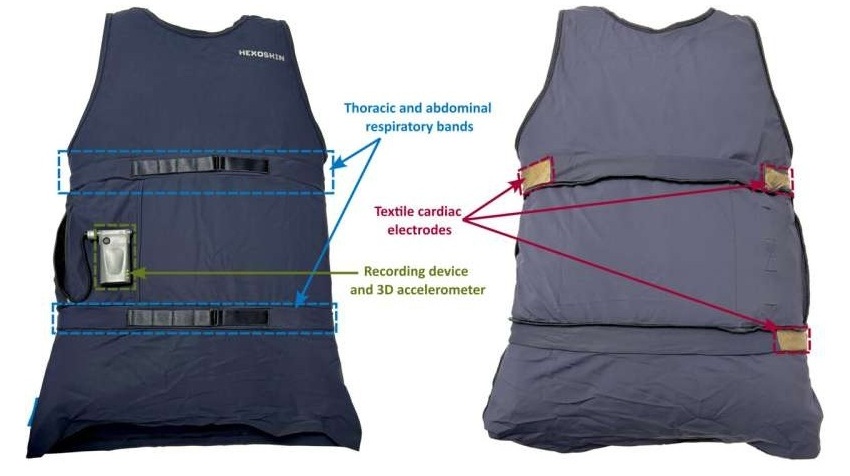Novel Ophthalmic Device Screens AMD Susceptibility
|
By HospiMedica International staff writers Posted on 05 Jul 2017 |
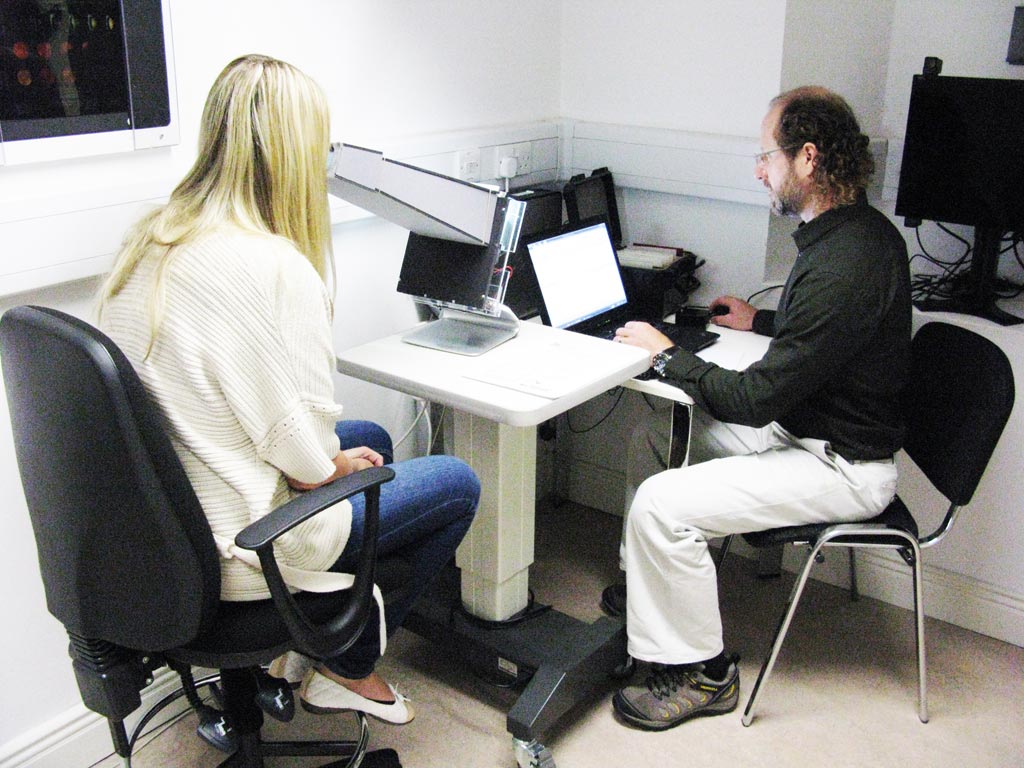
Image: Dr. Temple measuring macular pigment density (Photo courtesy of Shelby Temple / University of Bristol).
An innovative device rapidly assesses macular pigment density, a marker for increased risk of age-related macular degeneration (AMD), the worldwide leading cause of incurable blindness in people over 55.
Developed at the University of Bristol (United Kingdom), the device is based on an entoptic phenomenon that allows certain people to perceive polarization of light as a yellow horizontal bar or bow-tie shape visible in the center of the visual field, typically occupying roughly 3–5 degrees of vision. The direction of light polarization is perpendicular to the yellow bar; fainter bluish or purplish areas may be visible. Dr. Shelby Temple, PhD, of the School of Biological Sciences first encountered the phenomenon while studying the ability of octopuses, cuttlefish, and coral reef fish to see polarized light.
“What I was seeing was an effect known as Haidinger’s brushes, which is an effect that happens within the eye when people perceive polarized light. A person’s ability to see this phenomenon is linked to an aspect of eye health and can be an early indicator of disease,” explained Dr. Temple. “It became clear that the tools I had developed for fish could become the foundation for a novel ophthalmic device that could rapidly screen people for susceptibility to AMD.”
“If we can catch this early, people can make simple changes, like eating more brightly colored fruits and vegetables, quitting smoking and wearing protective eyewear, to help reduce the chances of going blind later in life,” added Dr. Temple, who is a co-founder of Azul Optics, a company created to commercialize the technology. Dr. Shelby Temple recently received the UK Biotechnology and Biological Sciences Research Council award of Innovator of the Year 2017 for his research.
“The BBSRC Innovator of the Year competition recognizes and rewards BBSRC-funded scientists that have identified and taken an active part in realizing the impact from their research,” said Karen Lewis, interim executive director at the BBSRC. “Dr. Temple’s technology has the potential to make a significant difference to people’s lives. The journey that Dr. Temple is taking to realize this opportunity from very fundamental research epitomizes the spirit of the competition. As well as being named Innovator of the Year 2017, Dr. Temple also received the award in the Commercial Impact category.”
AMD is a major cause of blindness and visual impairment in older adults in the center of the visual field (the macula) due to damage to the retina. Occurring in both dry and wet forms, AMD makes it difficult or impossible to read or recognize faces, although enough peripheral vision remains to allow other activities of daily life. In the dry (nonexudative) form, cellular debris called drusen accumulates between the retina and the choroid, and the retina can become detached. In the more severe wet (exudative) form, blood vessels grow from the choroid behind the retina, and the retina can also become detached.
Related Links:
University of Bristol
Developed at the University of Bristol (United Kingdom), the device is based on an entoptic phenomenon that allows certain people to perceive polarization of light as a yellow horizontal bar or bow-tie shape visible in the center of the visual field, typically occupying roughly 3–5 degrees of vision. The direction of light polarization is perpendicular to the yellow bar; fainter bluish or purplish areas may be visible. Dr. Shelby Temple, PhD, of the School of Biological Sciences first encountered the phenomenon while studying the ability of octopuses, cuttlefish, and coral reef fish to see polarized light.
“What I was seeing was an effect known as Haidinger’s brushes, which is an effect that happens within the eye when people perceive polarized light. A person’s ability to see this phenomenon is linked to an aspect of eye health and can be an early indicator of disease,” explained Dr. Temple. “It became clear that the tools I had developed for fish could become the foundation for a novel ophthalmic device that could rapidly screen people for susceptibility to AMD.”
“If we can catch this early, people can make simple changes, like eating more brightly colored fruits and vegetables, quitting smoking and wearing protective eyewear, to help reduce the chances of going blind later in life,” added Dr. Temple, who is a co-founder of Azul Optics, a company created to commercialize the technology. Dr. Shelby Temple recently received the UK Biotechnology and Biological Sciences Research Council award of Innovator of the Year 2017 for his research.
“The BBSRC Innovator of the Year competition recognizes and rewards BBSRC-funded scientists that have identified and taken an active part in realizing the impact from their research,” said Karen Lewis, interim executive director at the BBSRC. “Dr. Temple’s technology has the potential to make a significant difference to people’s lives. The journey that Dr. Temple is taking to realize this opportunity from very fundamental research epitomizes the spirit of the competition. As well as being named Innovator of the Year 2017, Dr. Temple also received the award in the Commercial Impact category.”
AMD is a major cause of blindness and visual impairment in older adults in the center of the visual field (the macula) due to damage to the retina. Occurring in both dry and wet forms, AMD makes it difficult or impossible to read or recognize faces, although enough peripheral vision remains to allow other activities of daily life. In the dry (nonexudative) form, cellular debris called drusen accumulates between the retina and the choroid, and the retina can become detached. In the more severe wet (exudative) form, blood vessels grow from the choroid behind the retina, and the retina can also become detached.
Related Links:
University of Bristol
Channels
Critical Care
view channel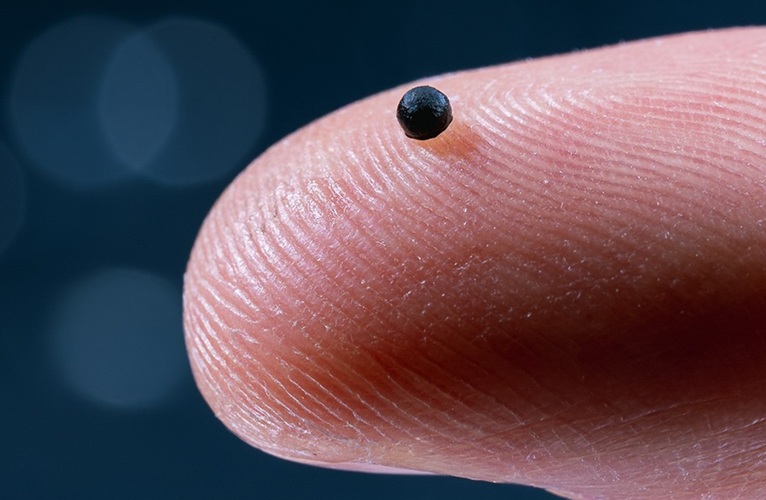
Magnetically Guided Microrobots to Enable Targeted Drug Delivery
Stroke affects 12 million people globally each year, often causing death or lasting disability. Current treatment relies on systemic administration of clot-dissolving drugs, which circulate throughout... Read more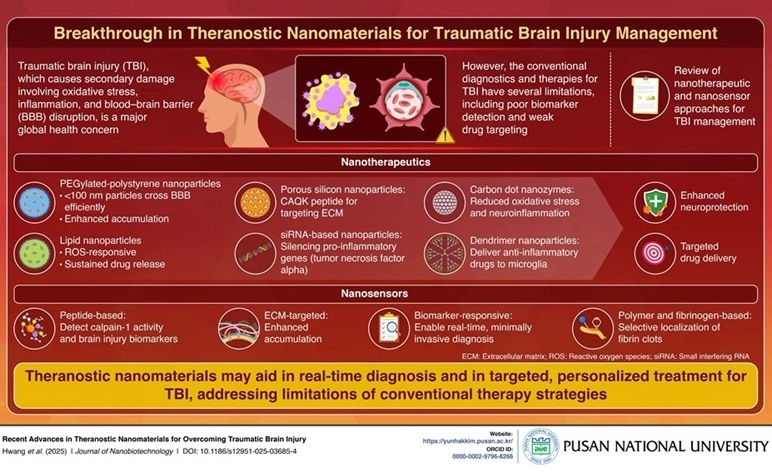
Smart Nanomaterials Detect and Treat Traumatic Brain Injuries Simultaneously
Traumatic brain injury (TBI) continues to leave millions with long-term disabilities every year. After a sudden impact from a fall, collision, or accident, the brain undergoes inflammation, oxidative stress,... Read more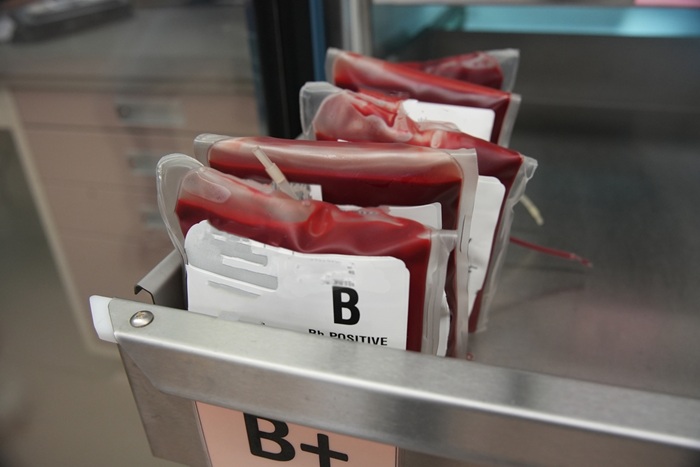
Earlier Blood Transfusion Could Reduce Heart Failure and Arrhythmia in Heart Disease Patients
Blood loss during or after surgery can place significant stress on people with heart disease, increasing the risk of dangerous complications. Transfusions are often delayed until hemoglobin levels fall... Read moreSurgical Techniques
view channel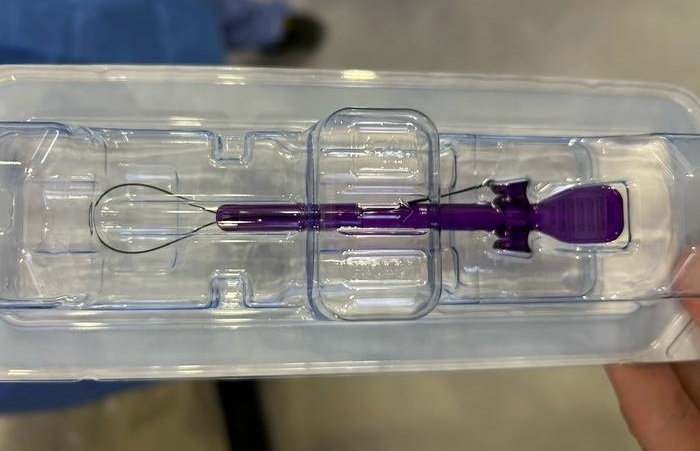
Breakthrough Surgical Device Redefines Hip Arthroscopy
Hip arthroscopy has surged in popularity, yet surgeons still face major mechanical constraints when navigating deep joint spaces through traditional cannulas. Limited tool mobility and the need for an... Read more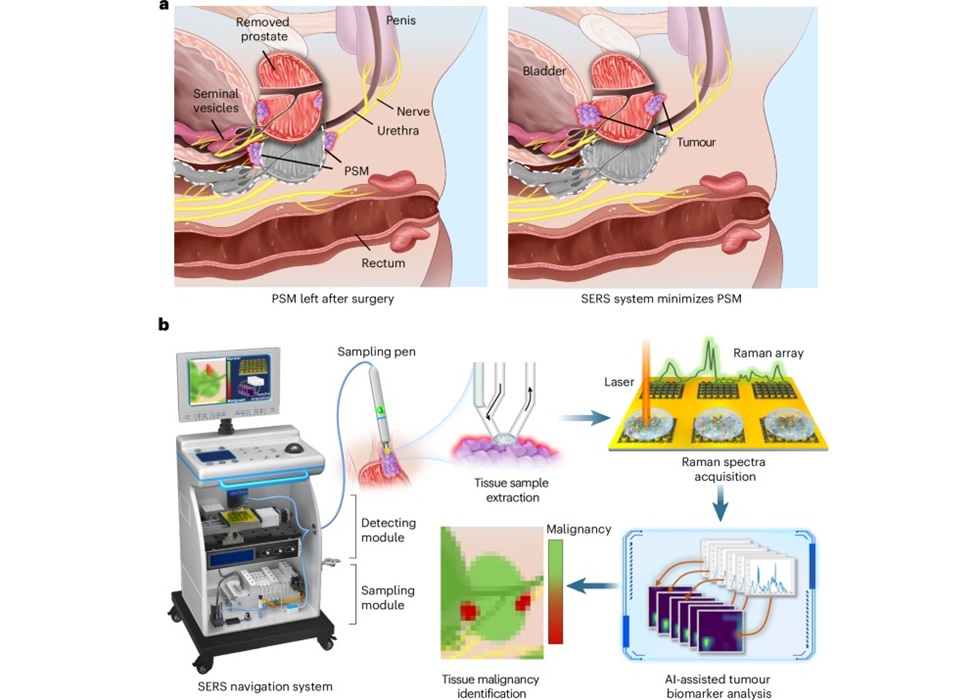
Automated System Enables Real-Time "Molecular Pathology" During Cancer Surgery
Accurately identifying tumor boundaries during radical prostatectomy remains one of the most persistent challenges in prostate cancer care. Positive surgical margins occur in up to 40% of cases, increasing... Read morePatient Care
view channel
Revolutionary Automatic IV-Line Flushing Device to Enhance Infusion Care
More than 80% of in-hospital patients receive intravenous (IV) therapy. Every dose of IV medicine delivered in a small volume (<250 mL) infusion bag should be followed by subsequent flushing to ensure... Read more
VR Training Tool Combats Contamination of Portable Medical Equipment
Healthcare-associated infections (HAIs) impact one in every 31 patients, cause nearly 100,000 deaths each year, and cost USD 28.4 billion in direct medical expenses. Notably, up to 75% of these infections... Read more
Portable Biosensor Platform to Reduce Hospital-Acquired Infections
Approximately 4 million patients in the European Union acquire healthcare-associated infections (HAIs) or nosocomial infections each year, with around 37,000 deaths directly resulting from these infections,... Read moreFirst-Of-Its-Kind Portable Germicidal Light Technology Disinfects High-Touch Clinical Surfaces in Seconds
Reducing healthcare-acquired infections (HAIs) remains a pressing issue within global healthcare systems. In the United States alone, 1.7 million patients contract HAIs annually, leading to approximately... Read moreBusiness
view channel
Philips and Masimo Partner to Advance Patient Monitoring Measurement Technologies
Royal Philips (Amsterdam, Netherlands) and Masimo (Irvine, California, USA) have renewed their multi-year strategic collaboration, combining Philips’ expertise in patient monitoring with Masimo’s noninvasive... Read more
B. Braun Acquires Digital Microsurgery Company True Digital Surgery
The high-end microsurgery market in neurosurgery, spine, and ENT is undergoing a significant transformation. Traditional analog microscopes are giving way to digital exoscopes, which provide improved visualization,... Read more
CMEF 2025 to Promote Holistic and High-Quality Development of Medical and Health Industry
The 92nd China International Medical Equipment Fair (CMEF 2025) Autumn Exhibition is scheduled to be held from September 26 to 29 at the China Import and Export Fair Complex (Canton Fair Complex) in Guangzhou.... Read more












